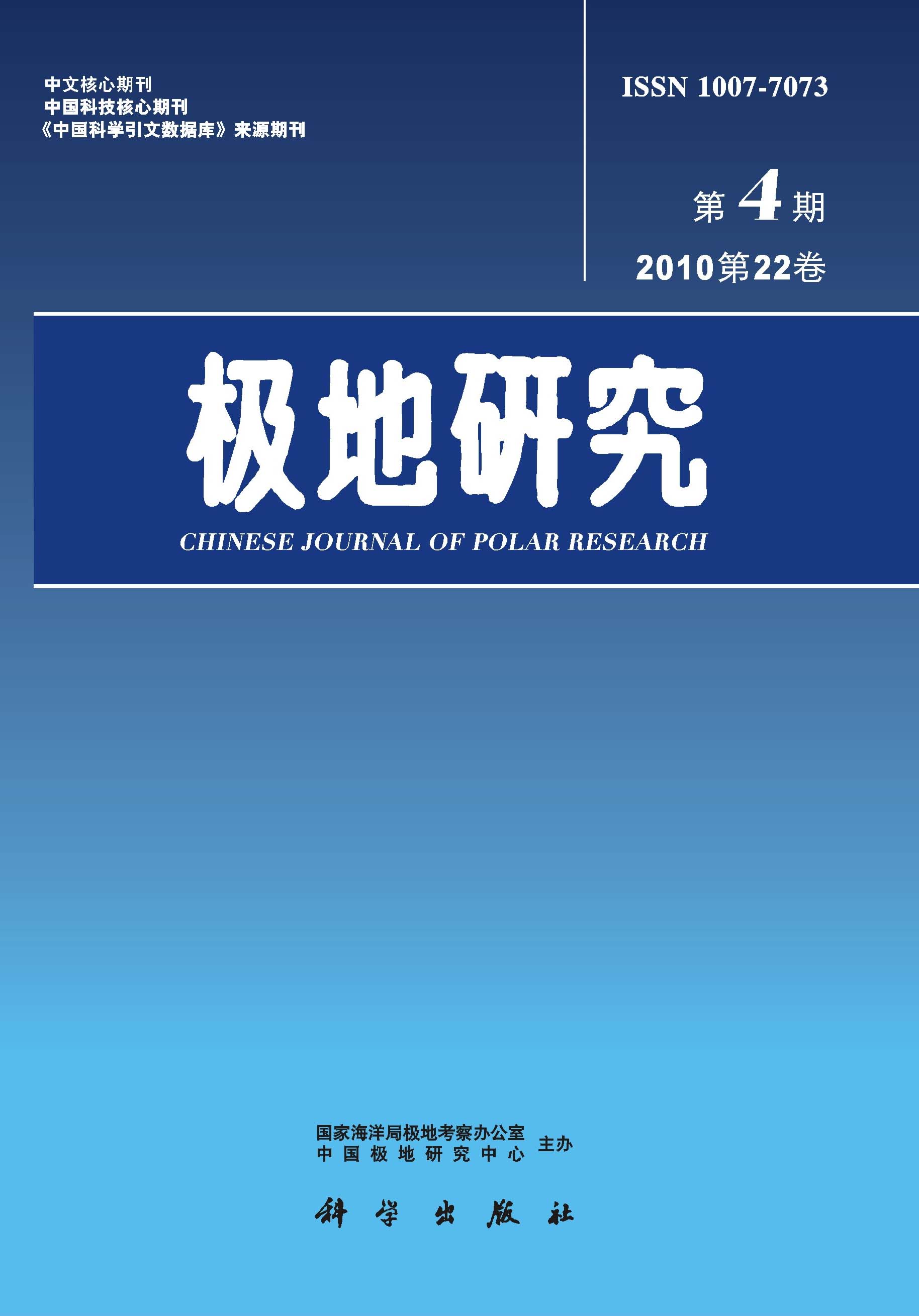A large amount of Pediastrum and Bacillariophyta fossils were found in sediments of West Lake on Fieldes Peninsula of King George Island. Pediastrum fossils include the following species: Pediastrum Mey., P. boryanum (Turp.), P. simplex (Mey.) Lemm., P. duplex Mey., and Bacillariophta fossils include Melosira Ag., M. roeseana Rabh., M. roeseana var., Achnanthes Bory., A. lanceolata Breb., A. lanceolate, var. rostrata Hust., A. exigua var. heteroval-vata Krasske, A. delicatla (Ktz.) Grun., Navicula. Bory., N,dicephala (Ehr.) W.S., N. pseudos-cutiformis Hust., N., cuspidata Kutz., N. cryptocephala Kutz., N. anglica Ralfs, N. rhynchocephala Kutz., Stauroneis Ehr., S. anceps Ehr., S. anceps f. linearis (Ehr.) CI., Pinnularia Ehr., P. gibba var. subundulata Mayer, P. borealis Ehr., P. gibba var. linearis Hust., P. brevicostata CI., P. intermpta W. Smith, P. undulata Greg., P. microslauron (Ehr.) CI., Gomphonema Ag., G. angustatum (Kutz.) G. angustatum var. obtusatum V.H., G. parvulum var. micropus (Ktz.) Cleve., G. parvulum var. subelliptica CI., G. abbreviatum Ag., Hantzschia Grun., Surirelia Turp., Mtzschia frustulum (Ktz.) Grum., N. linearis W. Smith, Hantzschia amphioxys var. maior Grum., Synedra rumpens Ktz., pephora marty He'rib. and etc. The distribution and content variation of the fossils along the sedimentary profile permit us to reach the following conclusions: about 3600 a. B.P., this area was covered with glaciers,because no algae fossils were discovered in this part of section at about 264-289cm depth; From 3600 to 3000 a B.P. it was dominated by a shallow periglacial lake, a few Pediastrum fossils were found in this part of section (a depth from 289 cm to 224 cm); And from 3000 to 1200 a B.P., the lake became deeper gradually and the climatic conditions were better, because a large amount of Pediastrum and Bacillariophyta fossils were found in this part of section (from 224 ot 87 cm) and these Algaes lived in fresh water; And from 1200 a B.P. to the present (from 87 cm depth of the section to the surface layer of the lake) the content of the fossils some varies. It shows that the lake level has fluctuated slightly.

